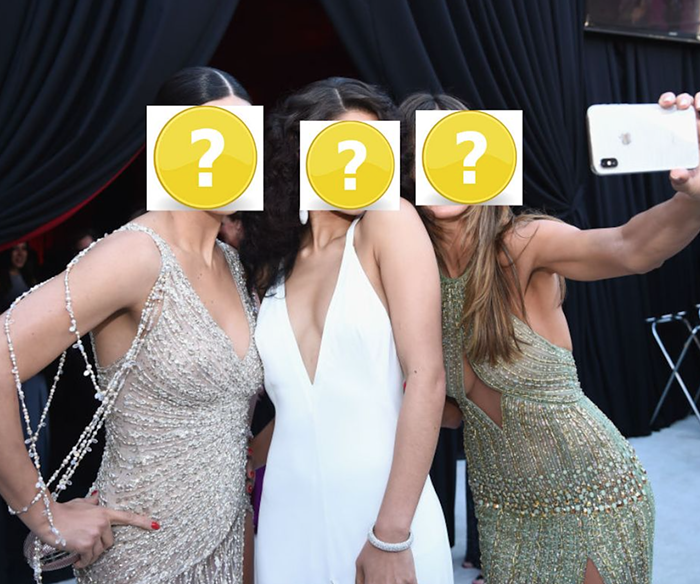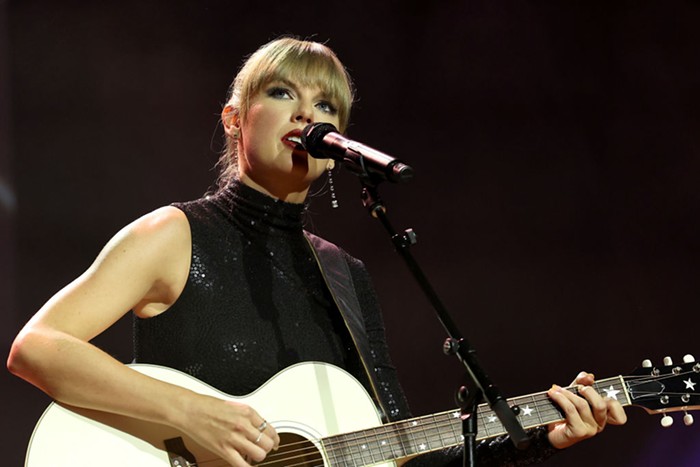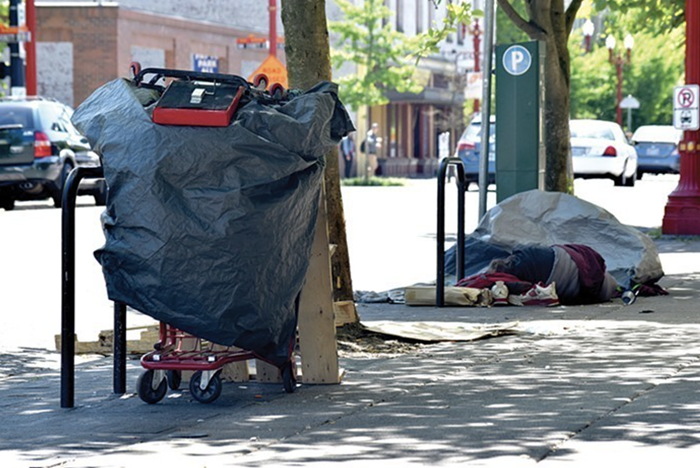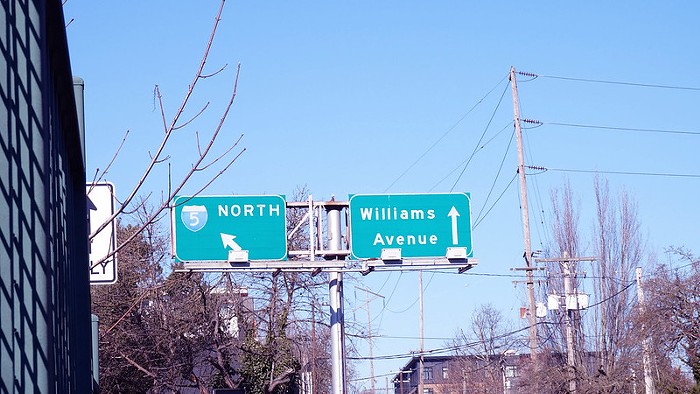
Redford more or less collaborated with the book's author, Michael Feeney Callan, and the text has the feel of a long interview spiced with occasional detours to facts, figures, and filmographies. Thus, it doesn't ask the hard questions, such as: Why does Redford take so long to decide on what movies to make, thus hanging up his collaborators? When he does finally choose to join a project, why are they almost inevitably mediocre? Why is he such a difficult and elusive manager of Sundance? And is his "conquest" list as long as Warren Beatty's?
Still, if you squeeze this stone of a book hard enough, some meager droplets of blood emerge for the gossip hound. The nuggets just usually tend to be about other people:
• In the stage production of Neil Simon's Barefoot in the Park, Redford was angry most of the time ("He was pissed a lot in those days,” says the play's director, Mike Nichols), while the production was slightly disrupted by the drama surrounding costar Elizabeth Ashley, who had stolen George Peppard, her co-star from The Carpetbaggers, from his wife of 10 years.
• Knowing Nichols, Redford pressured the director to give him the part of Benjamin in The Graduate. Over a snooker game in Nichols’ Hollywood rental, Redford tried to convince him that he understood Benjamin. But eventually both agreed that Redford would be unbelievable in a role that cast him as a guy who can't get girls.
• Early in his film career, around the time of the movie version of Barefoot, Redford had anger, booze, and pill problems. He bought a ski paraphernalia store in Provo that failed. On movie sets, he tried to prove that he wasn't an uptight, straight-laced guy by dressing up as a cowboy, replete with a Stetson. Around this time, Redford supposedly had an affair with costar Natalie Wood, though the book is reticent on the subject.
• Butch Cassidy and the Sundance Kid might have been quite a different movie. Writer William Goldman wanted Paul Newman, but Steve McQueen also wanted to buy the script for himself. Later, 20th Century Fox wanted to cast Warren Beatty as Sundance, while Newman wanted to cast… Jack Lemmon. Fortunately, Lemmon hated horses.
• In Paris, having dinner during a break from shooting A Bridge Too Far, Redford was surrounded by rough crowds and paparazzi, and was told by security people that he was the subject of a kidnapping threat. In the book, Redford attributes the plot to the "Nixonites."
In the end, the most interesting aspects of the book regard the history of Sundance—though this take on the festival is "cleaned up" and pro-Redford, unlike the one in Peter Biskind's Down and Dirty Pictures.
Callan is a practiced biographer, having previously written of the lives of Sean Connery and Julie Christie. But on the evidence of this volume, he sees his role as a branch of the promotion business. Take Callan's look at Redford's early film The Chase, from 1966. With a cast including Marlon Brando, Jane Fonda, Janice Rule, and Angie Dickinson, and also with a tempestuous director (Arthur Penn) and a stubborn producer (Sam Spiegel), you'd think there’d be a wealth of gossip and dish, as the bios of the film’s other cast members have suggested. (For fuck's sake, the film starred Marlon Brando! The randiest actor in the history of film!) But no: In Robert Redford: The Biography, the section on The Chase is a plodding rundown on how the actors all became great friends, loved working with each other, and became political activists. Please! Save that crap for the DVD-extra market.












